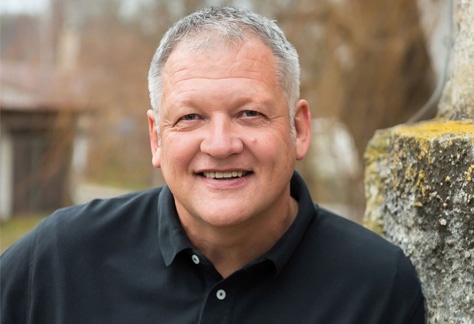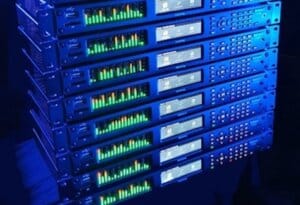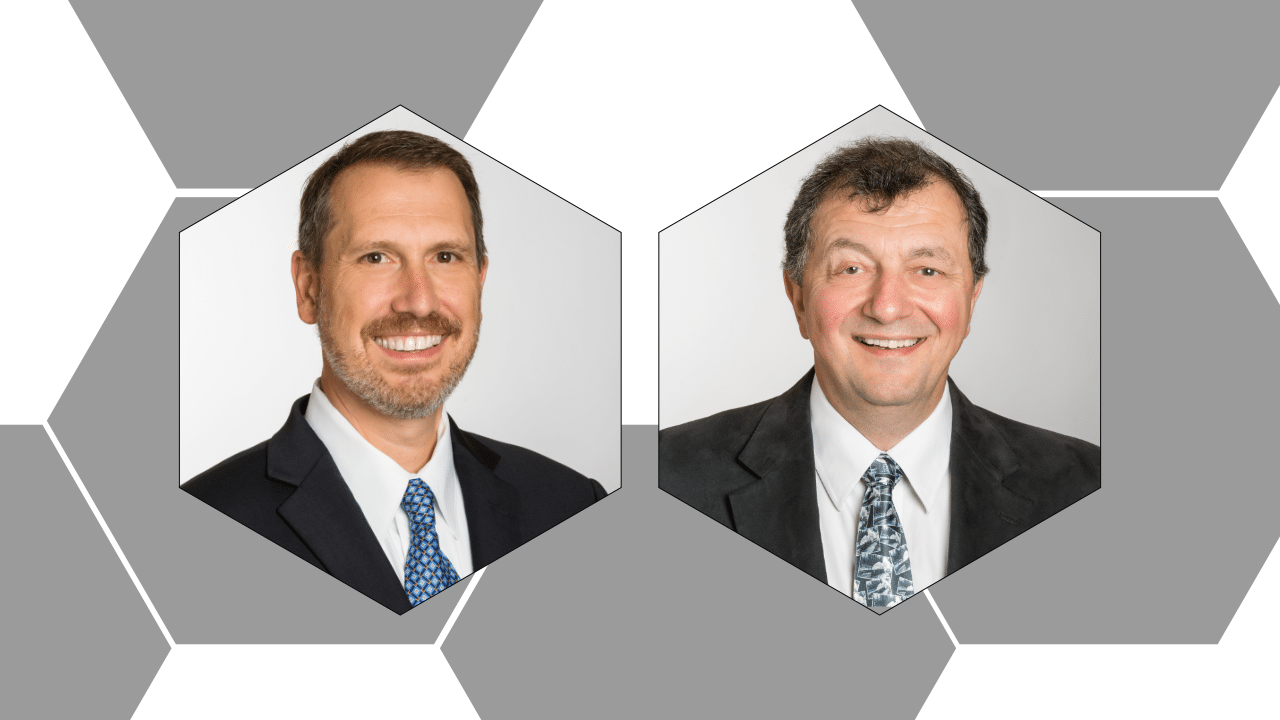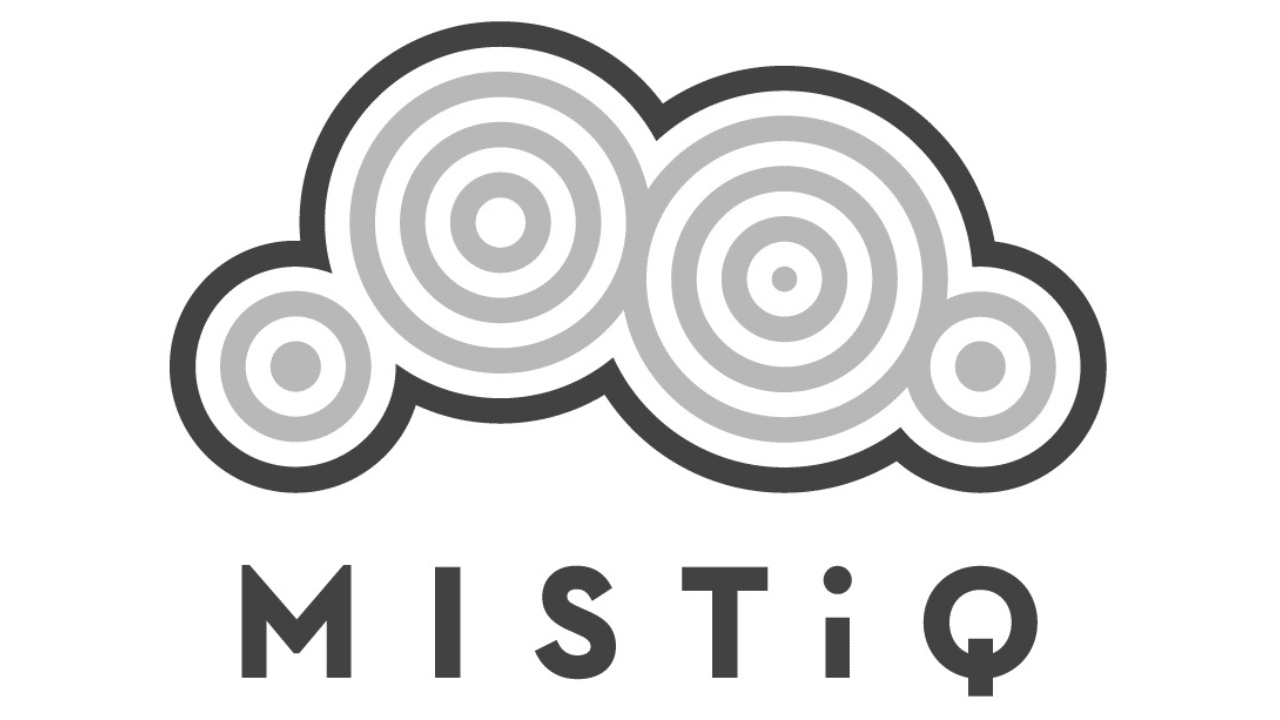
The radio industry continues its shift toward independent and remote controllable applications, including remote audio monitoring.
But at what pace are broadcasters moving? And how has the COVID-19 pandemic impacted the industry’s preference for virtualized and cloud-based solutions?
New Era
Over the past decades we have seen some new trends emerging, which persist and grow stronger each year. One of these is the desired reduction of required power consumption and a greater focus on limiting rack space.

Part of this development consists of condensing the functions into ever fewer individual devices. This reduces the amount of equipment necessary for an application. A greater demand for playout, editing and automation software solutions has driven these improvements even further.
For a long time, many stations used pure hardware for live 24/7. They were once the only option, and even when the concept of solutions based on software arose, many initially considered them unreliable or complicated compared to complete hardware packages.
This mindset slowed the radio industry’s transition from hardware to software solutions. Today, however, we’re experiencing the beginning of a new era. Due to long-term experience, reliability, and productive outcomes, the sector is now closely studying software installations for audio applications. A new generation of staff taking the helm of radio stations is encouraging this tendency. These people are open to new solutions for old problems.
In 2020, the COVID-19 health crisis has further accelerated this change. Employees are working from home and thus, remotely. Any remote controlled setups improve the workflow. In addition, there is an added benefit from remote audio monitoring, so nobody needs to travel to the studio, control room or transmitter anymore.
Customizable and Scalable
Not only is there a migration to servers but also a shift in business models. Software solutions are customizable, scalable and are thus cost-effective. Instead of investing in gear designed for very specific scenarios (and therefore not flexible), services can be applied directly as a cost factor. Take special events, where premade hardware solutions may be unnecessarily expensive and not exactly tailored for a specific task. This is especially true when additional devices are necessary to manage a more specific use scenario.

I can clearly see there is currently enough trust in the use of server installations for all live applications, from streaming to STLs to DVB multiplexing, and more. It’s obvious that hardware equipment renewal will progressively decrease. While on the other hand, the market will increasingly welcome flexible software solutions.
This may go beyond the classical distribution, e.g. signal processing with R.128 loudness and similar. This trend toward software solutions could also allow further modern developments in terms of immersive audio for radio. For headphone radio listeners, for example, the introduction of spatial 3D radio with applied HRTFs might become much easier. The BBC and Radio France offer various musical alternatives using this technology.
As an industry we must accompany the virtual evolution and envision broader server installations to help move us into the future. Independent and remote controllable applications, including for audio monitoring, will become the new trend and the new standard. Broadcasters can profit greatly from the advantages that come with full control of the setup and the extensive remote control and planning features unique to such installations.
The author is CEO of Ferncast GmbH.





















